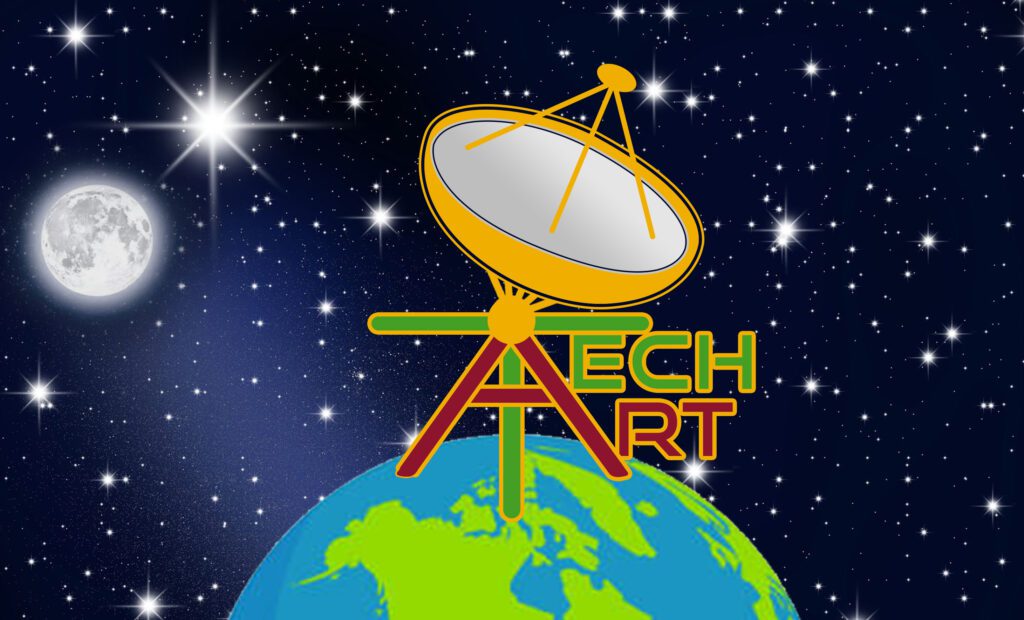In the fast-paced digital landscape, planning the future content for your website is crucial to staying ahead of the competition and engaging your audience effectively. Whether you’re an experienced webmaster or just starting, crafting a content strategy can be overwhelming. But worry not, because in this guide, we’ll take you through the step-by-step process of planning your website’s future content. By the end of this article, you’ll be equipped with actionable insights to create a dynamic and engaging content roadmap.
The Importance of Strategic Content Planning
Strategic content planning lays the foundation for your website’s success. It helps you maintain a consistent online presence, enhance user engagement, and boost your search engine rankings. By aligning your content with your business goals, you can effectively communicate your brand message and cater to your target audience.
Getting Started: Defining Your Goals
Crafting Your Content Mission Statement
A content mission statement acts as a guiding light for your website’s content strategy. It defines your brand’s voice, target audience, and the value you aim to provide. It’s not just about selling; it’s about delivering informative and engaging content that resonates with your audience.
Setting Clear Objectives
Identify what you want to achieve with your content. Are you aiming to educate, entertain, or inspire your audience? Clear objectives will help you tailor your content to meet these goals effectively.
Understanding Your Audience
Identifying Your Target Audience
Understanding your audience is the cornerstone of successful content planning. Research demographics, interests, pain points, and preferences to create content that speaks directly to them.
Creating Audience Personas
Audience personas are detailed profiles of your typical readers. Include information such as age, gender, occupation, challenges, and aspirations. This helps you create content that resonates on a personal level.
Content Ideation and Creation
Brainstorming Content Ideas
Gather your team for a brainstorming session. Encourage creativity and consider using tools like mind maps or content ideation platforms to generate a pool of ideas.
Leveraging LSI Keywords
Latent Semantic Indexing (LSI) keywords are related terms that search engines associate with your main keyword. Incorporating LSI keywords in your content enhances its relevance and boosts SEO.
Creating a Content Calendar
A content calendar keeps your strategy organized and ensures consistent publishing. It outlines the topics, formats, deadlines, and responsible team members for each piece of content.
Content Types and Formats
Diversifying Content Types
Vary your content types to cater to different audience preferences. Include blog posts, infographics, videos, podcasts, and more to keep your audience engaged.
Optimizing for Mobile
With mobile users on the rise, ensure your content is mobile-responsive. Mobile-friendly content enhances the user experience and positively impacts your search engine rankings.
SEO Integration
On-Page SEO Optimization
Integrate relevant keywords naturally into your content. Use headings, subheadings, and meta descriptions to optimize your content for search engines while maintaining readability.
Internal and External Linking
Include both internal links (connecting to other pages on your website) and external links (reliable sources) to enhance the credibility and SEO of your content.
Measuring Success and Adaptation
Defining Key Metrics
Determine the metrics you’ll use to measure the success of your content strategy. These may include website traffic, engagement rates, social shares, and conversion rates.
Analyzing and Adapting
Regularly review your content’s performance using analytics tools. If certain content pieces aren’t performing as expected, adjust your strategy accordingly.
FAQs
Q: How frequently should I update my content strategy?
A: Content strategy updates depend on your industry and audience. Aim for at least quarterly reviews to ensure your strategy remains aligned with changing trends.
Q: Can I repurpose old content?
A: Absolutely! Repurposing old content into different formats can breathe new life into valuable information and reach a wider audience.
Q: What role does storytelling play in content planning?
A: Storytelling humanizes your brand and captivates your audience. Incorporate narratives that resonate emotionally with your readers.
Q: How does content planning contribute to SEO?
A: Effective content planning ensures you’re creating relevant, high-quality content that search engines value, leading to improved organic rankings.
Q: Is it better to focus on evergreen or trending topics?
A: A healthy mix of both is ideal. Evergreen content provides lasting value, while trending topics can attract immediate attention and capitalize on current interests.
Q: How can TechArt Digital assist me in content planning?
A: TechArt Digital offers expert guidance in crafting tailored content strategies. Their team can help you streamline your planning process and achieve your website’s growth goals.
Crafting a future content plan for your website is a dynamic process that requires careful thought and strategic execution. By defining goals, understanding your audience, creating valuable content, and adapting based on performance, you can create a winning content strategy that drives engagement and growth. Remember, content planning is an ongoing journey, and with dedication and the right strategies, your website can thrive in the digital realm.











